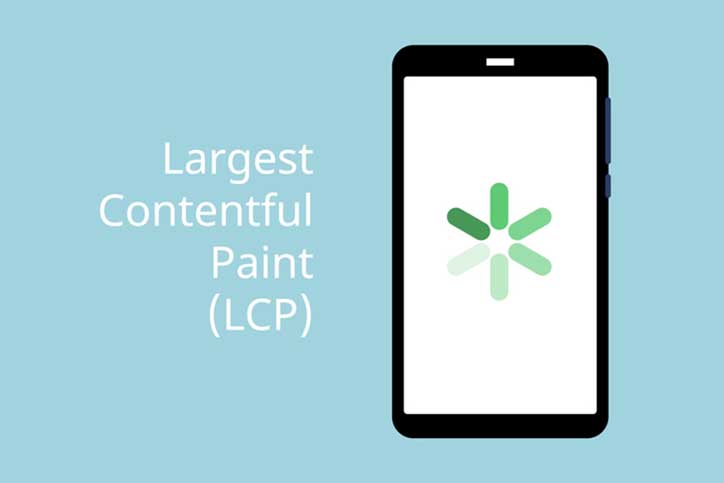
Core Web Vitals are now official Google ranking factors for search results. Core Web Vitals look at key aspects of a user’s page experience, but what do they measure specifically? Here is a detailed explanation of what Google Core Web Vitals are and how they may impact your website.
Largest Contentful Paint (LCP): How long does it take for the largest piece of content to load?
When a page loads, the screen ‘paints’ content onto the page. Some content takes longer to paint than others. Largest Contentful Paint (LCP) measures how long the largest piece of content takes to populate on the page. This is usually a video, image, or other form of multimedia.
LCP is related to page load time, but it’s not quite the same. Page load refers to how long it takes for a page to populate in its entirety. LCP focuses on the largest element, not the entire page. Theoretically, the largest piece of content would take the full duration of the page load time, but that is not always the case.
Furthermore, tracking LCP allows webmasters to pinpoint the root cause of slow page loads, such as web servers, Javascript error, and more. Identify the problem to find an effective solution. Google recommends an LCP score under 2.5 seconds for 75% of page loads.
Cumulative Layout Shift (CLS): How quickly does the page layout become stable?
Layout shifts are common problems in mobile browsing. You let a page load, click on something you want to see, and then at the last second, the content shifts around. The click you made before lands on a different part of the page, and you’re whisked off to something you don’t actually care about.
Cumulative Layout Shift (CLS) measures how long it takes for the page layout to be stable. How soon after opening the page does the last shift occur? And how significant are the shifts when they happen? Sites with fewer shifts have fewer opportunities for poor user experience. Google recommends keeping a CLS score below 0.1 for 75% of page loads.
Typically, the reason content moves around is because the image sizes aren’t defined. As the images adjust to the screen, the text and clickable content moves around as well. Defining image sizes is now part of our website repair steps, in accordance with the new Google ranking factor.
First Input Delay (FID): How fast does a click yield a result?
First Input Delay (FID) measures how long it takes for an action to produce a result. If a user clicks and nothing happens, that’s a bad page experience. It can also lead to frustrating user errors. For example, if someone clicks “add to cart” and an item does not immediately show in their cart, they may click the button again to initiate the transaction. This results in two items in the cart instead of one, forcing them to make more changes in the checkout process.
The faster the responsiveness is, the better the page experience. Google recommends having a FID score under 100 milliseconds for 75% of page loads. That’s one tenth of a second.
How the Core Web Vitals Work with One Another
Even though the Core Web Vitals are standalone measurements, they are intricately connected to one another. The image sizes that image CLS may also play a role in LCP. Shifting content could lead to a long FID because a user cannot click what they’re actually aiming for.
Search engine optimization is a complex, multi-layered issue that requires strategic, proactive planning. It takes into account these Core Web Vitals, as well as countless other factors that influence search engine ranking. Here at Detroit Internet Marketing, we use a holistic approach to boost a brand’s presence online. Organic search, paid search, social media marketing, email marketing, and web design all work hand-in-hand to connect a business with its target audience.
We will continue to produce high-quality content, user-friendly web designs, and ethical marketing strategies to stay ahead of this algorithm change and others to come. Learn more about how we’re Adjusting Our Digital Marketing Strategies for Google Core Web Vitals.